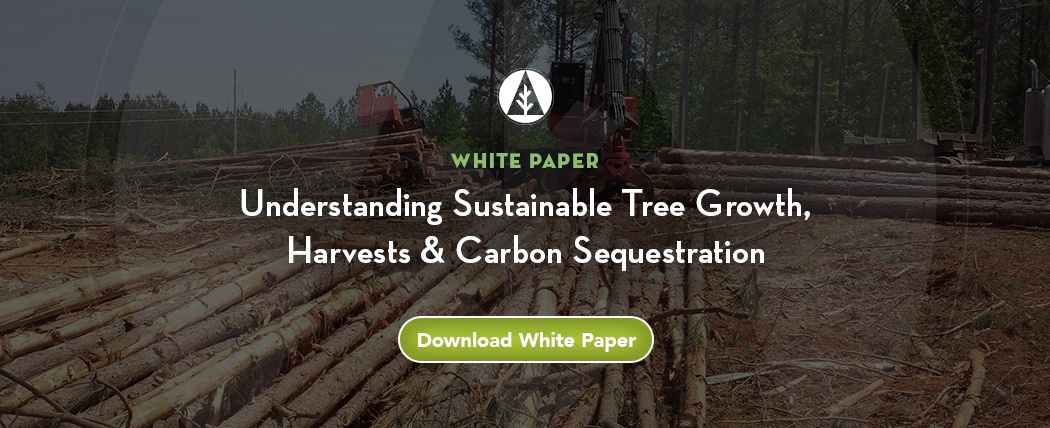
Abigail Ridge, an intern at the North Carolina Forestry Association (NCFA) recently developed a creative way to answer this question through a piece of engaging and informative artwork. Working with artist Jan Pulley, Abigail managed the process of bringing her original educational wildlife poster concept to life, which displays the benefits of clearcutting to various wildlife.
So, is clearcutting working forests really bad for wildlife?
No! As Abigail’s poster illustrates:
“Clearcutting is a harvesting and regeneration method where almost all of the trees in a specific area are cut down. While this may temporarily affect the habitats for wildlife, clearcutting leads to the enhancement of the habitat, which leads to increases in biodiversity. Deer, rabbits, quail, robins, and bees are examples of species that benefit from this practice.
Clearcutting of the forests creates new openings that allow the understory plants to get more sunlight, which paves the way for an increase in pollinators. The increased sunlight is also essential for many native grasses and flowers. The growth of the understory in turn leads to an increase in animals, like quail, rabbits, and deer. These animals then consume perennial and annual plants in order to thrive.
The openings provided by clearcutting allow shrubs, small trees, berry producing species, and seed producing species to be able to grow more quickly, which provide places of habitat for wildlife. These openings also create edges, which are “pathways” between different habitats. The mingling of different habitats also leads to a more diverse interaction of wildlife species. So, in answer to the question "is clearcutting bad for wildlife," the answer is thankfully, no.”
 CLICK IMAGE FOR LARGER VERSION
CLICK IMAGE FOR LARGER VERSION
Image courtesy of NCFA, original concept and artwork by Abigail Ridge & Jan Pulley
 NCFA intern, Abigail Ridge, poses with her original educational wildlife poster painted by artist Jan Pulley.
NCFA intern, Abigail Ridge, poses with her original educational wildlife poster painted by artist Jan Pulley.
For further reading on the environmental benefits of working forests, active forest management and the importance of preserving and developing markets for timber, read more from Forest2Market:
-
Forest Utilization Drives Both Economic & Environmental Returns
-
The Economics of Pulpwood Supply: New Markets are Essential
-
Southern Timberland Owners Face Increasing Pressures
-
Want to Maximize CO2 Sequestration in the Forest? Cut a Tree
-
Six Reasons Thinning Trees is Good for the Forest
-
Thinnings Create Healthy Forests and Drive Cash Flows for Landowners





